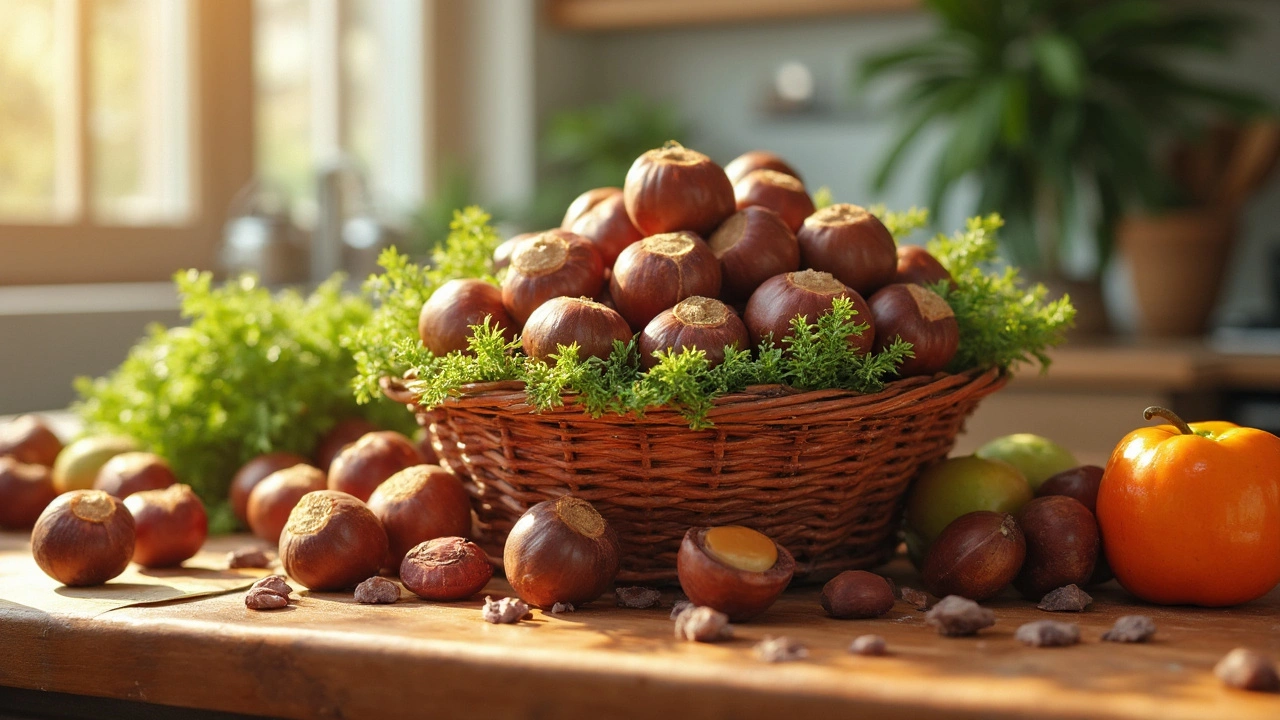American Chestnut: Past, Present, and How You Can Help
The American Chestnut was once called the “redwood of the East.” It grew tall, produced huge nuts, and was a staple for families and wildlife. In the early 1900s a fungus called chestnut blight wiped out billions of trees, leaving forests changed forever. Today scientists, landowners, and hobbyists are working together to bring the chestnut back.
Why the American Chestnut Matters
First, the tree was an economic powerhouse. Its wood was rot‑resistant, perfect for building barns, fences, and furniture. The nuts were cheap, nutritious, and could be sold at market. Second, wildlife relied on the tree. Squirrels, deer, and birds ate the nuts and used the canopy for shelter. Losing the chestnut meant losing food and habitat for many species.
Third, the chestnut shaped the cultural landscape. Folk songs, recipes, and stories featured the tree. When the blight hit, whole communities felt the loss. Restoring the chestnut isn’t just about trees; it’s about reviving a piece of heritage.
How to Support Chestnut Recovery
If you want to help, start with local planting programs. Many nurseries now sell blight‑resistant chestnut seedlings that have been bred from Asian species or genetically edited. Plant them in a spot with well‑drained soil, plenty of sunlight, and space to grow—these trees can reach 80 feet.
Second, support organizations that fund research. Groups like The American Chestnut Foundation run breeding programs and share results with the public. A small donation or volunteering at a tree‑planting event makes a difference.
Third, spread the word. Talk to neighbors, schools, and community groups about why the chestnut matters. Share simple facts—like how a mature tree can produce up to 100 pounds of nuts each year. When more people understand the value, funding and land for restoration increase.
Finally, consider using chestnut products. The nuts are high in protein and can be roasted, ground into flour, or used in soups. The wood, now available again, makes beautiful furniture and flooring. Buying chestnut‑based goods supports growers who are rebuilding the population.
Restoring the American Chestnut isn’t a quick fix, but each planted seedling, each donation, and each conversation moves us closer to forests where the chestnut once ruled. By learning the tree’s story and taking simple steps, you become part of a movement that could see chestnuts towering over our landscapes again.

